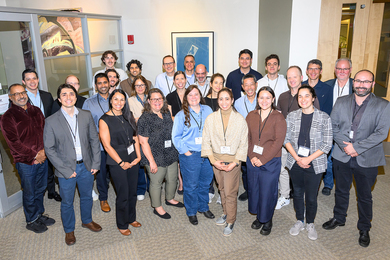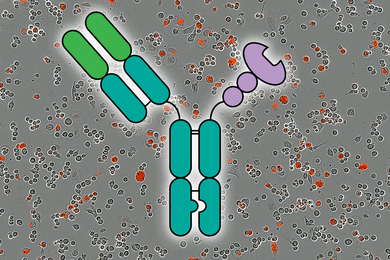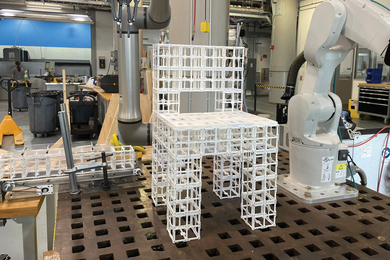The Office of Admissions has admitted 541 candidates for early action after receiving a record 3,080 applications, an increase of 41 percent.
A year ago, 501 candidates were accepted from an early-action pool of 2,188. Early-action candidates who are not accepted are automatically shifted to the regular-action pool.
Part of the increase is attributable to a change in policy at Harvard, Brown and Georgetown Universities, which permit their early applicants to seek admission elsewhere as well. Prior to this year, those schools maintained a restricted early-action system.
Another reason is the increase in college-age people in the overall population, more of whom are applying to early-action programs. This trend is expected to continue for the next decade, according to Dean of Admissions Marilee Jones.
While the increase in early action applications creates an increased workload for Admissions during a compressed time period, Dean Jones said, "It's wonderful for MIT. The applicant pool now has students in it whom we might not have seen before but whom we now have a good chance of enrolling."
Dean Jones anticipates a record number of regular-action applicants, swelling the total number of candidates for the class of 2004 to more than 10,000. Despite this, the size of the class will be about the same as it has been in recent years. "If anything, the class may be a bit smaller," she said.
For the current year, 1,744 were admitted and 1,048 of them enrolled.
A version of this article appeared in MIT Tech Talk on December 15, 1999.





